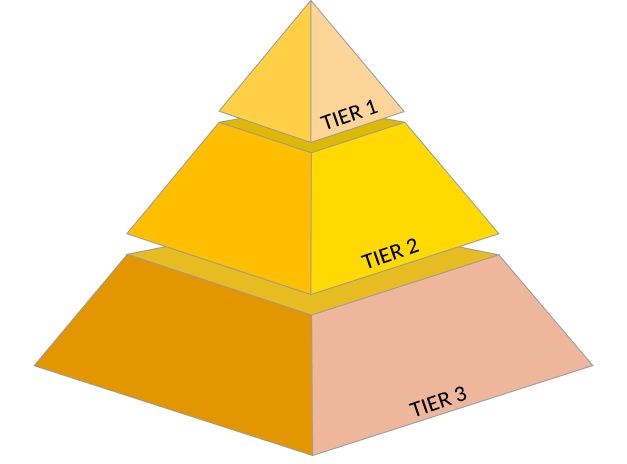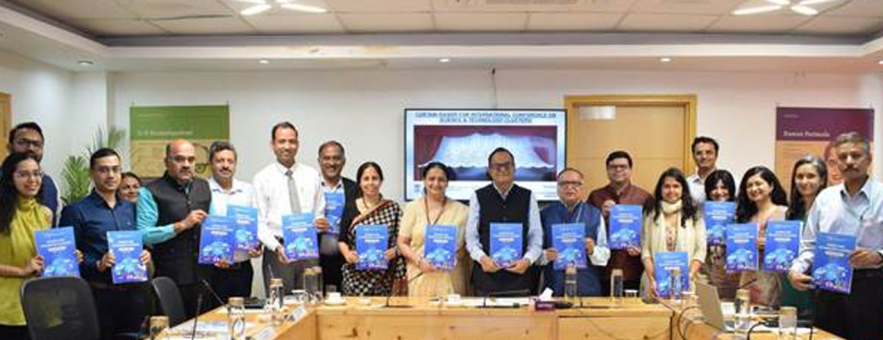
- A+
- A
- A-
What are the S&T Clusters?
The Science and Technology (S&T) Clusters initiative is a flagship program under the Office of the Principal Scientific Adviser (OPSA) to the Government of India, launched in 2020 following the recommendations of the Prime Minister’s Science, Technology, and Innovation Advisory Council (PM-STIAC).
This innovative initiative brings together academic institutions, research & development (R&D) organizations, industries, startups, and local governments, all aligned to solve regional challenges with demand-driven, technology-led solutions. With a focus on regional development and national priorities aligned with the vision of “Atmanirbhar Bharat”, these Clusters create sustainable and scalable outcomes through collaborative efforts.
Objectives of the S&T Clusters
Operating through a consortium-based model, the S&T Clusters serve as hubs for innovation, interdisciplinary partnerships, and technology translation, enabling solutions that address critical local and national issues. The S&T Clusters operate in a three-tiered pyramid approach.

• The topmost Tier (1) focuses on enabling clusters to collaborate at national and global levels, driving competitiveness through impactful technologies.
• The second Tier (2) places focus on becoming a regional solution provider through collaborative actions.
• The bottom Tier (3) involves creating a shared ecosystem among the institutions and building strong institutional networks.
Notable Outcomes Of The Cluster
Currently there are 8 Clusters across India catalyzing innovation in diverse sectors, including healthtech, smart agriculture, environmental sustainability, and industrial automation. Some of the notable outcomes of the Clusters include the facilitation of EV charging infrastructure in Delhi/NCR, the launch of AR/VR-enabled artisan marketplace “Kalaanubhav.in,” and the “One Delhi” digital transit app with over 3 lakh users. Health-tech innovations like diabetic foot screening foot-mats, One Health initiatives, waterbody rejuvenation efforts, e-waste management systems, and the development of pacemaker leads at AMTZ Vizag further demonstrate the scalable, high-impact nature of these collaborative solutions.
S&T Clusters In India





























